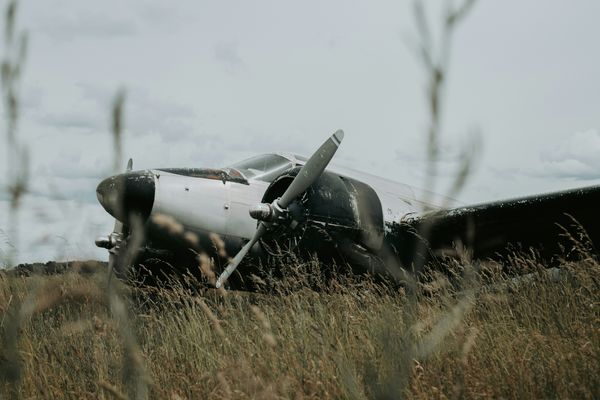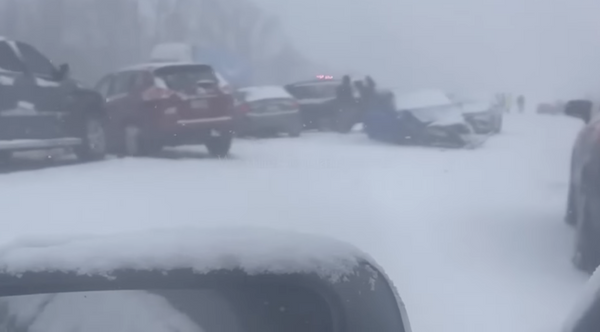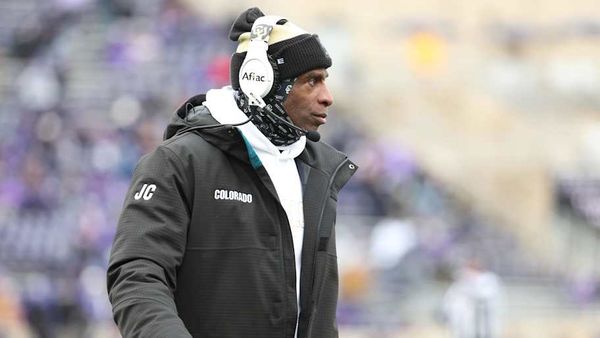
New South Wales police have dropped a charge against pro-Palestine protester Hannah Thomas that relied on a rarely used emergency power introduced in the wake of the 2005 Cronulla riots.
The 35-year-old was arrested at a protest in Sydney on 27 June that was attended by about 60 people. She was subsequently taken to hospital and this week will undergo a second round of surgery amid fears she could lose sight in her right eye.
Thomas was a Greens candidate who ran against Anthony Albanese at the federal election.
Last week, Thomas was charged with resisting police and refusing or failing to comply with a direction to disperse. It was revealed on Monday that Thomas’s arrest documents show that her second charge cited emergency police powers under part 6A of the Law Enforcement Powers and Responsibilities Act (Lepra).
The laws, which were introduced in the wake of the Cronulla riots, require authorisation and give police a series of powers to quell “large-scale public disorders”. An authorisation can be given by the police commissioner or by a deputy or assistant commissioner of police.
NSW police announced on Monday afternoon they were withdrawing that charge and Thomas would instead face an additional charge of refusing or failing to comply with a direction – alongside her charge of resisting police.
The assistant commissioner Brett McFadden said he launched a review last Monday to examine whether the charges against Thomas were relevant and appropriate.
“The review is part of normal critical incident protocols,” he said.
“At the next court appearance, police will seek to withdraw the alternative charge under section 87ma(4),” he added, referring to a section under part 6A.
“As the matter is before the court and subject to a critical incident investigation oversighted by Lecc, we are unable to provide further information.”
NSW Greens MLC Sue Higginson earlier on Monday wrote a formal complaint to the police watchdog – the Law Enforcement Conduct Commission (Lecc) – against the assistant commissioner Brett McFadden. She alleged he had “issued an unlawful or retrospective authorisation to use emergency powers in violation of their conditions”.
The complaint, seen by Guardian Australia, was also against the arresting officers who Higginson alleged had “issued unlawful move-on orders and made unlawful arrests”.
Five protesters, including Thomas, were arrested and charged at Belmore.
Higginson said video from the scene showed police officers issued move-on orders and then arrested protesters after they questioned what Lepra powers were being relied on.
Video footage suggested one of the protesters later charged, Zach Schofield, was grabbed by a police officer after he asked what legislation empowered the officers to move on the protesters.
In the video, an officer can be heard telling the protesters they are being issued a move-on order and are required to leave Belmore and not return for 24 hours.
A protester can be heard saying: “What legislation is empowering you to do this? Can you name it please because this is actually counter to Lepra.”
The protester is cut off mid-sentence when asking about the legislation as police officers move to grab him. A scuffle ensues, according to the video footage seen by Guardian Australia.
Higginson, prior to McFadden announcing the charge would be withdrawn, had argued in a statement about her complaint that “there was no evidence whatsoever to form the basis to invoke the extraordinary police community control powers”.
“The event was intended and was a small lawful gathering of people protesting about SEC Plating and the genocide taking place in Gaza,” she said.
“When an officer exercises these powers after being authorised, any person given the direction must be informed that the direction is to prevent or control a public disorder.”
Higginson had said the appearance of the emergency powers on the arrest documents for Thomas was “concerning” and suggested an assistant commissioner or above “must have authorised their use and they must have believed that a large-scale public disorder was about to take place”.
“The other possibility for these emergency powers to be mentioned is that the NSW police are currently engaging in reverse engineering evidence to justify the [alleged] assault of an innocent member of the community.”
The 27 June protest was outside SEC Plating, which protesters claimed was manufacturing parts used in the F-35 jet program. However, SEC Plating has denied that this is the case.
When part 6A of Lepra was introduced in response to the Cronulla riots, then premier Morris Iemma stated that “these powers are not intended to be used in respect of peaceful protests, union demonstrations and the like”.
In October 2023, the NSW deputy police commissioner David Hudson told reporters during a press conference that he was seeking to enable the riot powers before a rally in Sydney’s Hyde Park.
The announcement came amid fierce backlash against a 9 October rally outside the Sydney Opera House during which some people – who were not part of the initial protest – were chanting antisemitic slurs.
On Friday, during an upper house parliamentary inquiry into antisemitism, Hudson defended the right to protest at that 9 October rally.
“We can’t prevent the free movement of people throughout the city just because you’re in a protest. You can walk down the street, the footpath,” he said.
“Bearing in mind, at that particular protest at the town hall, there were a lot of women, children [and] women pushing prams.
“It’s not like we were going to put walls up and start boxing on with these people who have a right to protest.”







